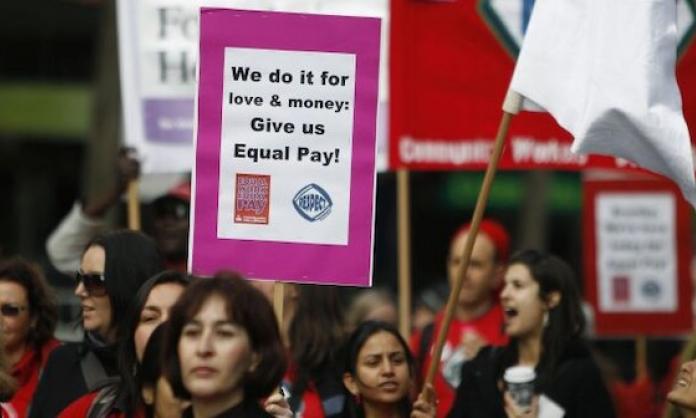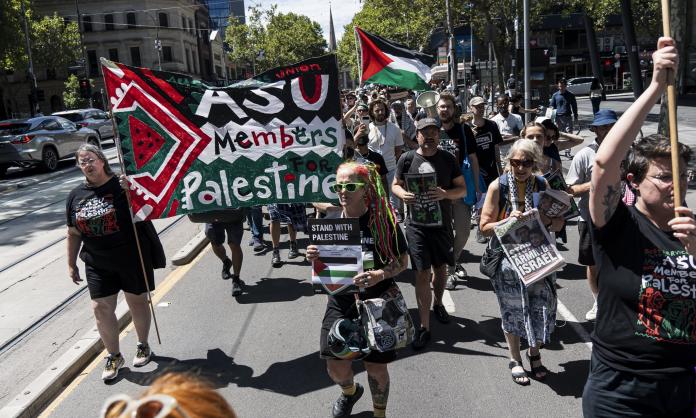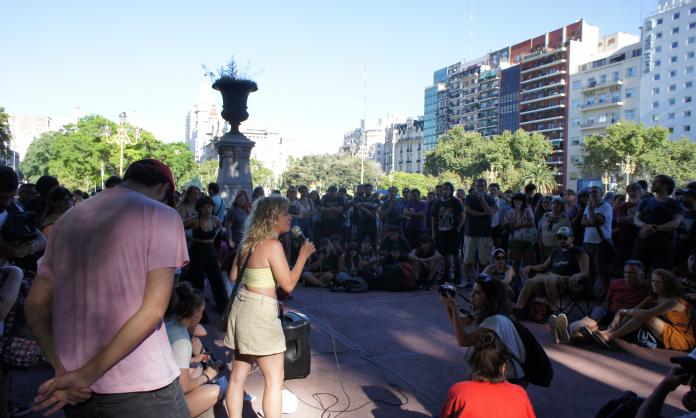Nurses and midwives at Blacktown Hospital fought against understaffing on 19 November, when more than 100 New South Wales Nurses and Midwives’ Association (NSWNMA) members voted to take 24 hours of industrial action.
This followed the threatened resignation of twenty senior obstetricians the previous week, who say the lack of appropriate staffing in the obstetrics and gynaecology wards has undermined patient safety and is related to the deaths of four newborns in the past eighteen months.
“[In] every hospital there’s not enough nurses on at any one time in any ward”, one nurse told Red Flag. “Some weeks it's difficult for any of us to take a sick day without having a replacement because each unit already has less staff and nurses on than we need, so any less and we're just going to be overloaded, patients don't get the right care, and then that carries over onto the next day, and the next day.”
Figures reported in the Sydney Morning Herald show how stretched staff are. In the past five years, there has been a 52 percent increase in the number of births at the hospital, to an average of more than eleven per day. But staff numbers have increased by little more than 10 percent.
The strike was cut short after only a few hours, however, after the New South Wales Industrial Relations Commission ordered the NSWNMA to return to work—another example highlighting that Australia has some of the most repressive anti-strike laws in the developed world. The commission, ostensibly a neutral body tasked with the fair arbitration of workplace disputes, ordered nurses and midwives not to take any more industrial action, and banned them from even threatening to take industrial action.
Without the right to strike, workers lose the most fundamental tool in their arsenal. Amid staffing and safety issues, an insulting 1.5 percent pay rise offer, and the ever-present threat of the coronavirus, nurses and midwives in NSW are entirely justified in their scepticism of the hospital’s initial offers in negotiations prior to the walk out.
Hospital managements and governments may bemoan the risk to patient safety caused by a nurses’ strike. But it’s the understaffing and underfunding of health care that puts lives at risk, of both hospital staff and patients. Nurses and midwives are right to take any action they see fit to improve those conditions—even if those actions defy the orders of the Industrial Relations Commission.









